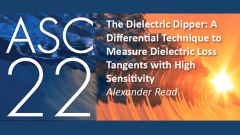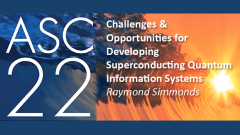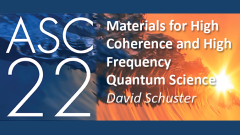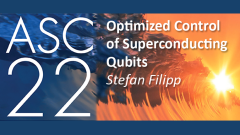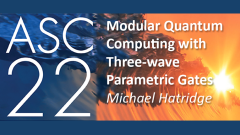Construction Status of ITER and Lessons from the Manufacturing for Application of Superconductivity in Fusion Reactors: Applied Superconductivity Conference 2020
"ITER has now reached the stage where the first large magnet components have arrived on site and many more are nearing completion at manufacturing locations distributed throughout the ITER partners. Although we still have several years of challenging on-site assembly ahead, the acceptance tests on the superconducting components gives us good confidence on their functionality. We have followed a very long route to get to this stage, and the superconductivity related humps, bumps and diversions we have followed in the 32 years since the start of the project. Within this I will look at some of the blind alleys that were followed, both why they were chosen and why they were abandoned, particularly as regards materials closely associated with the superconductor. Within the chosen materials, as may be expected, not everything went smoothly and I will summarise the main superconductor related recovery actions. I will also look at things that went right, as well as those that went wrong. I will trace the history of the innovations that were proposed, focussing particularly on materials and material processes, to see what became of them when faced with the reality of large scale industrial production.
The innovations in ITER were not just the more obvious ones of choice-of-superconductor and its critical current-field performance, but go much deeper into the design and manufacturing choices. In other words it is not just a material problem but a material usability problem and I will show several examples where the associated design and manufacturing choices eventually turned out to be far more innovative that the original material choice. Such usability issues are not generally discovered in the material R&D phase but in the detailed magnet design phase, or even during manufacturing.
Some of the early history of ITER has similarities with the proposals now appearing for the for the next generation of magnetic fusion devices, the first generation of energy producing fusion reactors. As with ITER 25 years ago, there seems in many cases a relatively large disconnect between choices for superconductors for machines presently under construction and those in the conceptual formulation stage. The arguments are (as with ITER), between two extremes of innovations that promise large cost gains, if they work, and well qualified technology with a broad industrial supply case, assuming equally that it works as advertised. ITER magnets contain many examples of outstandingly successful development and industrialisation of innovations as well as several near-disasters in what should have been well established industrial technology, and lessons for future decisions on the choices for the future of superconductivity in fusion can be drawn from both."
"ITER has now reached the stage where the first large magnet components have arrived on site and many more are nearing completion at manufacturing locations distributed throughout the ITER partners. Although we still have several years of challenging on-site assembly ahead, the acceptance tests on the superconducting components gives us...
 Cart
Cart Create Account
Create Account Sign In
Sign In
